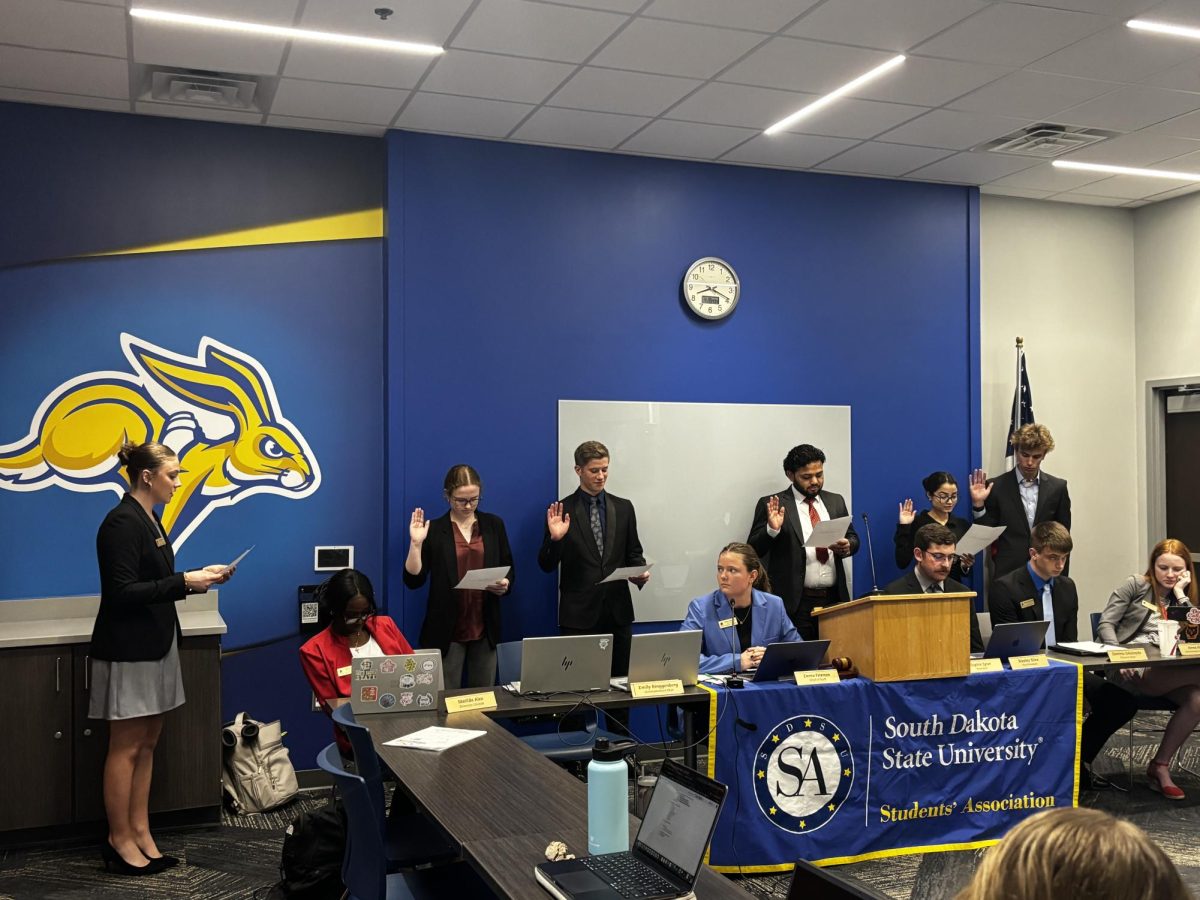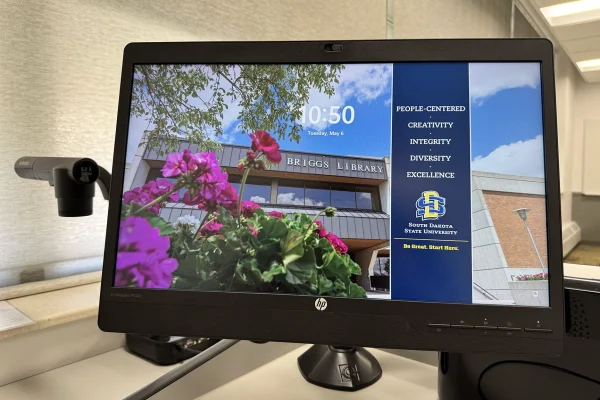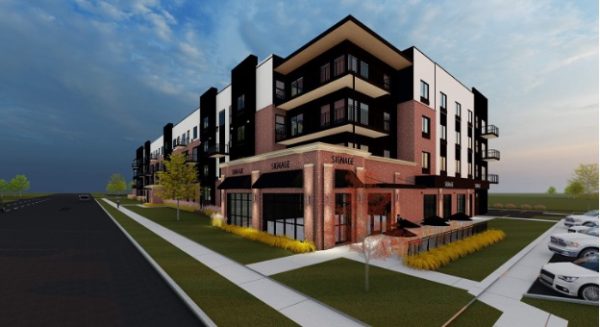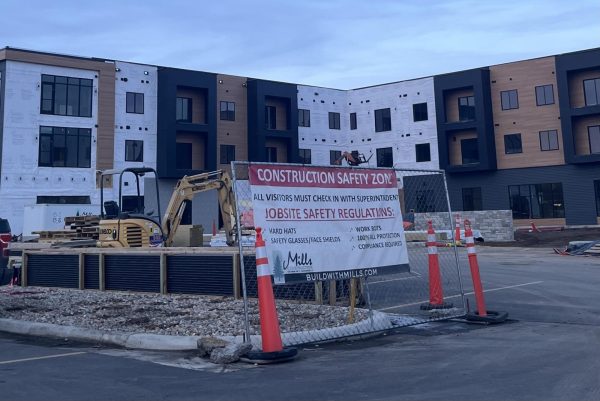SDSU researches power of South Dakota’s wind
October 14, 2002
Tanya Marsh
A Wind Resource Assessment Network [WRAN] is conducting research to see if wind turbines should be erected at various sites in South Dakota.
The director of WRAN is Michael Ropp, assistant professor of electrical engineering at SDSU.
“We’re measuring wind speed,” he said, “we’re hoping [the research] is going to result in wind turbines.”
Ropp said the project is focused on five sites in South Dakota: Fort Thompson, Crow Lake, Leola, Crandall, and Summit.
Two factors make this project unique in the world of “wind prospecting,” Ropp said.
“We’re recording data at 50 meters and 70 meters [above the ground], whereas most industrial data is measured at 20 meters,” he said.
Since the actual wind turbines are generally between 60 and 100 meters tall, the increased height makes for more accurate data.
The other unique factor is the availability of the data.
“All of our data is publicly available on the web,” Ropp said, adding that most wind research information is privatized and not widely available.
“We’re hoping to stimulate interest [at various South Dakota sites]. The idea is that we can show that there’s a wind resource that’s economically viable in parts of the state,” he said.
By making the data publicly available, Ropp says the WRAN is hoping various companies will show interest in prospecting the winds of South Dakota.
“We didn’t target any specific company; we’ve heard from several,” he said. “We’re not in the pay of any specific company.”
Instead, the research funds come from a variety of sources.
“It’s partially funded through SDSU as the state’s land grant institution. We do have some sponsors,” Ropp said.
“Equipment money comes from the US Department of Energy through a program called Wind Powering America. A lot of support also comes from East River Electric Cooperative,” he said.
Additional funds come from the Governor’s Office of Economic Development.
There are benefits to the independently funded research.
“We bring an objectivity to the process that a company just couldn’t bring, Ropp said. “If hundreds of wind turbines go up or if none go up, we don’t make any money.”
Even if wind towers are not raised in South Dakota, the research still has benefits.
“It has directly benefited us with general opportunities for education and research,” Ropp said.
Students have seen the positives. Two graduate students are currently working on the research and one more will start soon.
In addition, “There are paid student positions on [the project],” Ropp said.
Dean of Engineering Lewis Brown agrees.
“It offers opportunities for students, first of all, to be involved with a new cutting edge area for energy for South Dakota,” he said.
#1.887898:2056383111.jpg:wind.jpg:Wind turbines tower over a farm near Lake Benton, Minn. Minnesota is harnessing the power of the wind for energy use.:





















